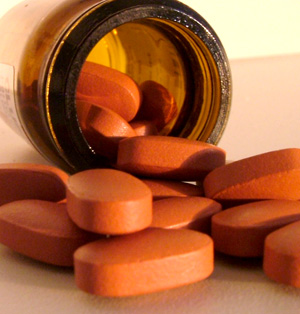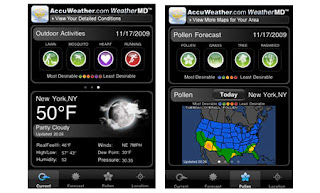Inhaled corticosteroids are widely used in the treatment of asthma and chronic obstructive pulmonary disease (COPD). However, these drugs may be associated with diabetes development and progression. In a study published in the most recent issue of The American Journal of Medicine, researchers found that inhaled corticosteroids were associated with a 34% increase in the rate of diabetes onset and in the rate of diabetes progression. At the highest inhaled doses the risk increased by 64% in diabetes onset and 54% in diabetes progression.
Although inhaled corticosteroids are recommended only for patients with the most severe COPD, current practice has led to their use in less severe cases. In fact, over 70% of all patients with COPD are using inhaled corticosteroids. Since COPD and diabetes tend to increase with age, it is particularly important to assess any possible interaction between inhaled corticosteroid use and deterioration in glycemic control.
















